jbetz
TPF Noob!
- Joined
- Sep 29, 2009
- Messages
- 19
- Reaction score
- 0
- Location
- Bedford, NH
- Can others edit my Photos
- Photos OK to edit
This is my first image post, and I'm fairly new to photography. I am a videographer and am interested in learning more about photography so that I can pursue both. I seem to be having some problems with exposure, and I hope that I can get some advice about how to take better pictures. I am used to using a video camera that previews exposure on the LCD or viewfinder, and so adjusting for correct exposure is fairly simple, especially using tools like zebra stripes.
I am using a D90, and as far as I can tell there is no way to preview exposure (the image on the LCD in live mode appear to be the same as through the viewfinder, and doesn't seem to adjust to show changes in settings, which I guess makes sense for a SLR-style digital camera).
Anyway, I'm wondering about tips for exposure, and if anyone can tell me why my images seem so oversaturated. Does this have to do with exposure or are there color settings in the camera that are causing this? Any help and pointers to good books or online resources to learn more about exposure would be appreciated.
Do you generally use external light meters to help with exposure, or do you rely on rules like the Zone System? Or do you use the camera's light meter and adjust from there? What are some common methods for anticipating correct exposure on DSLRs?
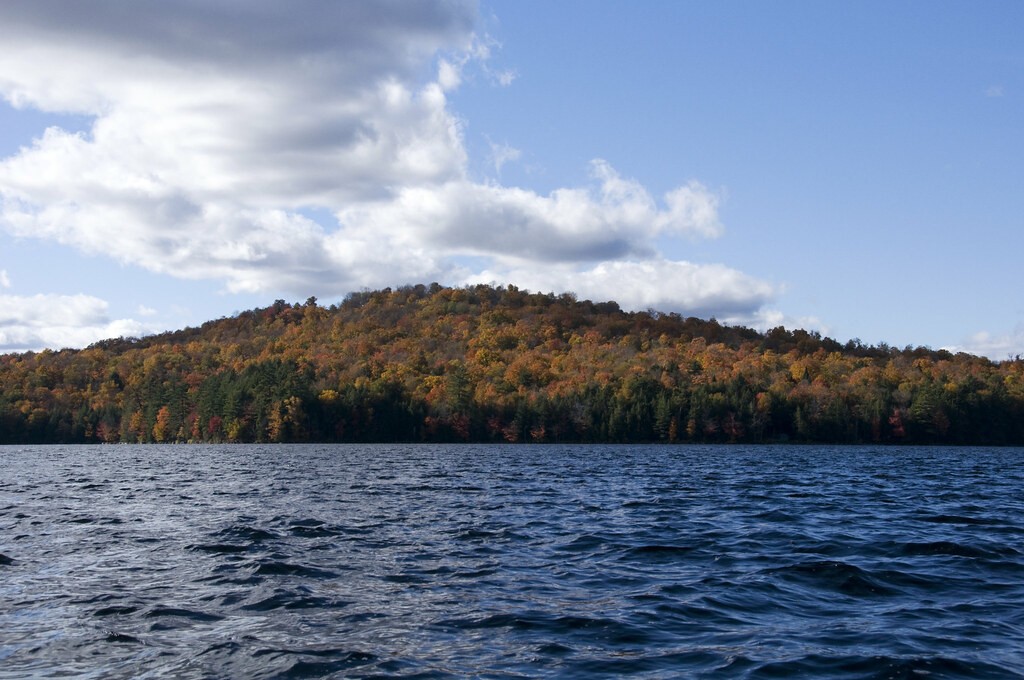
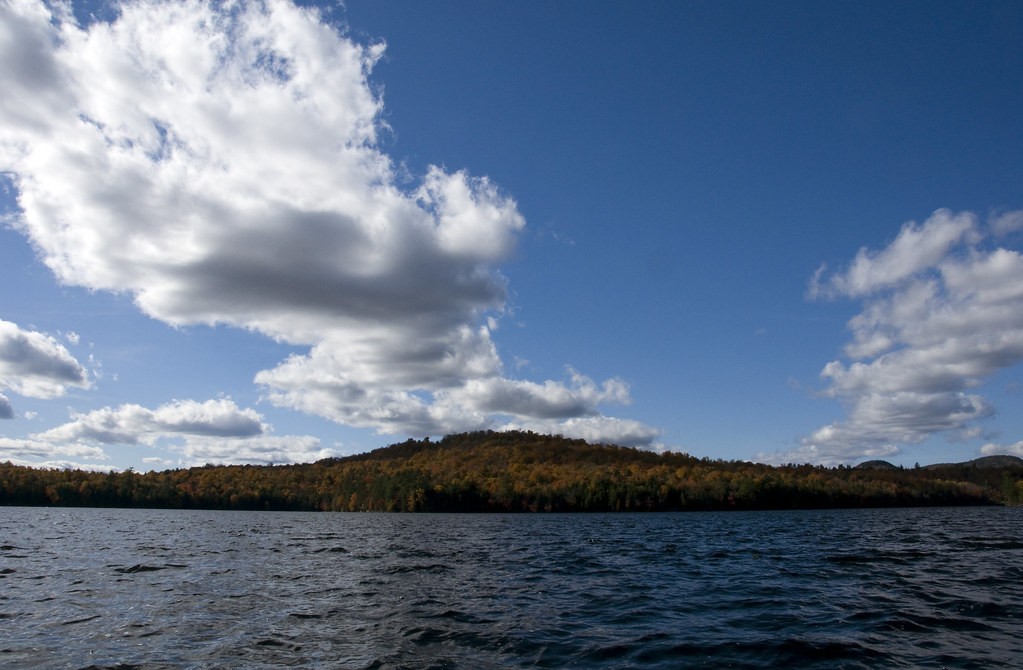
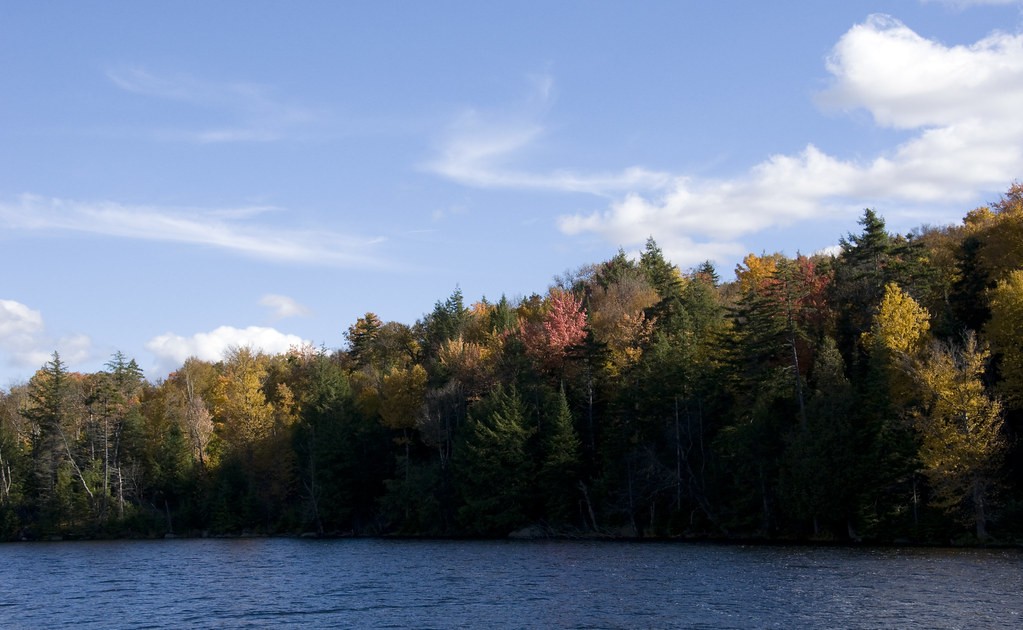
Thanks for the help!
Also, any additional comments or criticism welcome
I am using a D90, and as far as I can tell there is no way to preview exposure (the image on the LCD in live mode appear to be the same as through the viewfinder, and doesn't seem to adjust to show changes in settings, which I guess makes sense for a SLR-style digital camera).
Anyway, I'm wondering about tips for exposure, and if anyone can tell me why my images seem so oversaturated. Does this have to do with exposure or are there color settings in the camera that are causing this? Any help and pointers to good books or online resources to learn more about exposure would be appreciated.
Do you generally use external light meters to help with exposure, or do you rely on rules like the Zone System? Or do you use the camera's light meter and adjust from there? What are some common methods for anticipating correct exposure on DSLRs?



Thanks for the help!
Also, any additional comments or criticism welcome


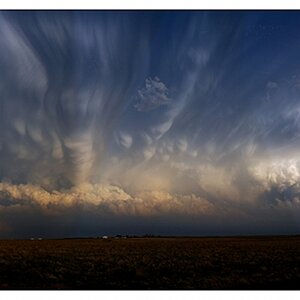

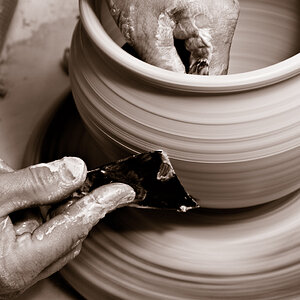
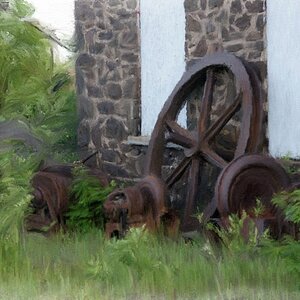

![[No title]](/data/xfmg/thumbnail/32/32930-09414fc020c2a60a456ff59a05c5ef8f.jpg?1619735759)
![[No title]](/data/xfmg/thumbnail/42/42492-60144191c917c21139f8acd72f6ba090.jpg?1619740197)
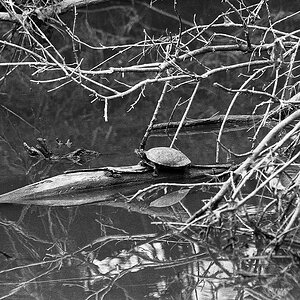
![[No title]](/data/xfmg/thumbnail/30/30868-01a498267fd96ce5b2d98347458d3903.jpg?1619734486)
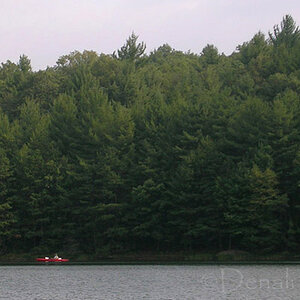
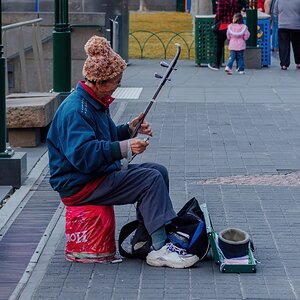
![[No title]](/data/xfmg/thumbnail/35/35215-cb01ff31834a4ee952045622f00781a5.jpg?1619736952)